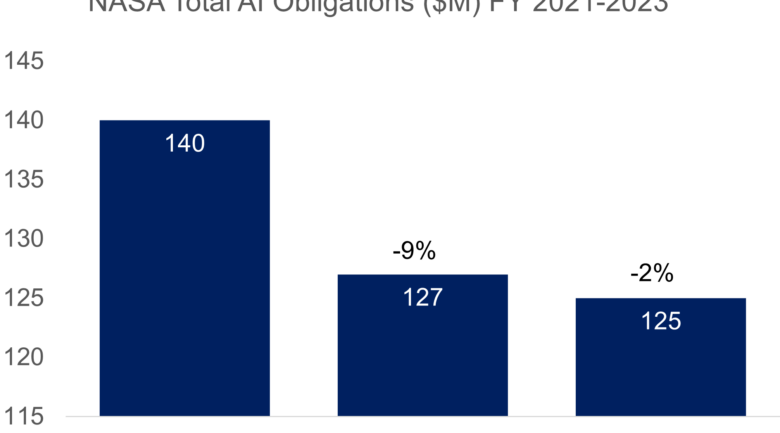What if you could predict exactly how much stock to order, avoiding both overstocking and stockouts? For small businesses, efficient inventory management and accurate demand forecasting are critical to reducing costs and keeping customers happy. Thanks to AI, these tasks are no longer reserved for large corporations with big budgets. AI-powered tools are now accessible and affordable, helping small businesses optimize inventory, predict demand, and stay competitive.
In this guide, we’ll walk you through how small businesses can use AI for inventory management and demand forecasting, with practical tips and tools to get started.
Why AI is a Game-Changer for Inventory Management
Inventory management is a balancing act. Overstocking ties up cash and increases storage costs, while stockouts lead to lost sales and frustrated customers. AI can help small businesses strike the right balance by analyzing data, identifying patterns, and predicting future demand.
Example: Tools like Shopify use AI to analyze sales trends and recommend optimal stock levels. If a product is trending, the tool can alert you to reorder before it runs out.
Impact: AI helps you maintain the right inventory levels, reducing waste and ensuring you always have the products your customers want.
How AI Improves Demand Forecasting
Demand forecasting is about predicting what customers will buy and when. AI takes this a step further by analyzing historical sales data, market trends, and external factors like weather or holidays to provide accurate predictions.
Example: Platforms like Blue Yonder use AI to provide real-time demand forecasts, helping businesses adjust their inventory and production schedules to meet customer needs.
Impact: Accurate demand forecasting helps you avoid overproduction, reduce storage costs, and ensure you have the right products available when customers need them.
Steps to Implement AI for Inventory Management and Demand Forecasting
Ready to leverage AI for your small business? Here’s a step-by-step guide to get started:
1. Identify Your Goals
Before diving into AI, determine what you want to achieve. Are you looking to reduce overstocking, avoid stockouts, or improve demand forecasting? Clear goals will help you choose the right tools and measure success.
2. Choose the Right Tools
There are many affordable, user-friendly AI tools designed for small businesses. Here are a few to consider:
- Inventory Management: Shopify offers AI-powered inventory tracking and demand forecasting.
- Demand Forecasting: Netstock uses AI to predict demand and optimize inventory levels.
- Supply Chain Optimization: TradeGecko (now part of QuickBooks Commerce) provides AI-driven insights to streamline inventory and order management.
3. Integrate AI with Your Existing Systems
Most AI tools integrate seamlessly with your existing systems, such as your e-commerce platform, POS system, or accounting software.
Example: If you use QuickBooks for accounting, you can integrate it with inventory management tools like TradeGecko to sync data and streamline operations.
4. Train Your Team
Ensure your team understands how to use the AI tools effectively. Many platforms offer tutorials, webinars, and customer support to help you get started.
Example: Shopify provides extensive guides and live chat support to help small businesses set up and use their AI-powered inventory tools.
5. Monitor and Adjust
Once your AI tools are up and running, regularly review their performance and make adjustments as needed.
Example: If your demand forecasts are consistently off, you may need to adjust the data inputs or explore additional features in your AI tool.
Real-World Examples of AI in Action
Here are a few ways small businesses are using AI for inventory management and demand forecasting:
- Retail: A small online store uses Shopify to predict inventory needs and avoid stockouts during peak seasons.
- Food and Beverage: A local bakery uses Netstock to forecast demand for seasonal items, ensuring they always have enough ingredients on hand.
- Manufacturing: A small manufacturer uses TradeGecko to optimize inventory levels and reduce storage costs.
Benefits of Using AI for Inventory Management and Demand Forecasting
By leveraging AI, small businesses can:
- Reduce Costs: Avoid overstocking and minimize storage expenses.
- Improve Customer Satisfaction: Ensure products are always in stock when customers need them.
- Increase Efficiency: Automate repetitive tasks and free up time for strategic initiatives.
- Make Data-Driven Decisions: Use accurate forecasts to plan production, marketing, and sales strategies.
AI is transforming inventory management and demand forecasting for small businesses, making it easier than ever to optimize stock levels, reduce costs, and meet customer demand. By following this guide and exploring tools like Shopify, Netstock, and TradeGecko, you can take control of your inventory and drive growth for your business.




